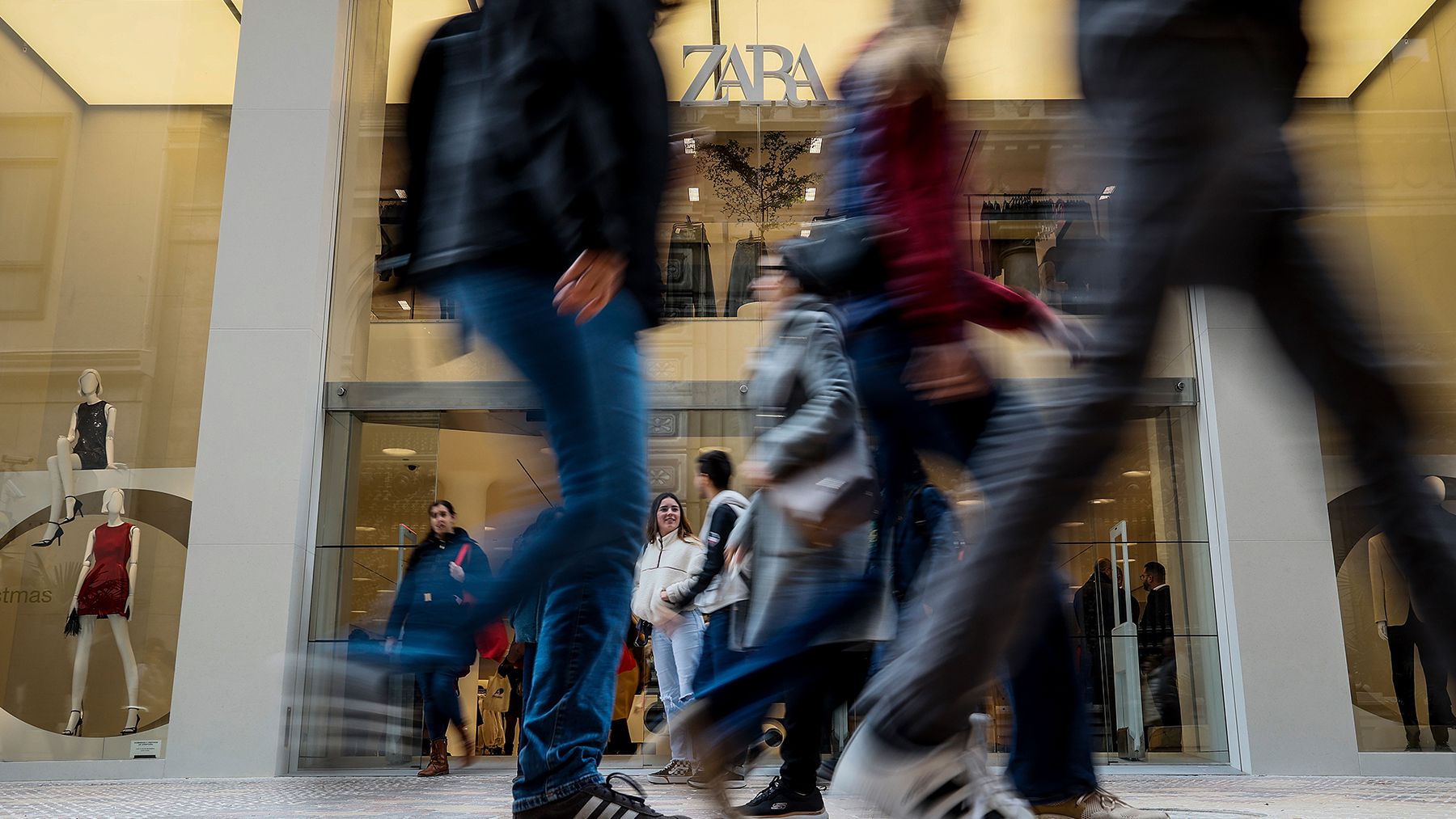
The extraordinary times are over.
After three tumultuous years of surprising highs and devastating lows, all signs point to 2023 being a more-or-less regular year for the fashion industry.
What exactly does normal look like? For one, supply chain disruptions have largely been resolved, meaning most goods will arrive on schedule. The cost of shipping clothes from factories in Asia is almost back to pre-pandemic levels, and energy prices are close to where they were before Russia invaded Ukraine.
E-commerce continues to increase as a share of overall sales, but at the more relaxed pace seen in the 2010s. That’s creating new opportunities for in-person shopping and multi-brand retail. Brands that in 2020 were contemplating an all-digital future are back to striking a balance between brick-and-mortar retail, online and wholesale.
Most critically, fashion businesses have hope that for the first time in three years their success or failure won’t be determined by the sort of surprise events – including the pandemic and Russia’s invasion of Ukraine – that have upended the industry again and again since 2020.
To be sure, running a business is never wholly predictable. And even though the biggest shocks of the pandemic are likely behind us, economists are forecasting a downturn — if not a full recession — in the US and Europe this year.
Still, retailers are approaching 2023 as a clean slate. Even toward the end of 2022, many companies compared their performance to 2019 — a nod to the fact that they were still in recovery mode. There is still work to be done to resolve the pandemic’s disruptions, such as an inventory glut. But the industry appears to finally be at the start of a new cycle.
“The last three years has been a ping pong of external shocks,” said Simeon Siegel, retail analyst at BMO Capital Markets. “Now, people’s successes will be their own, and mistakes will also be their own.”
The Hangover
For retailers, establishing a sense of post-pandemic normalcy means fixing last year’s mistakes.
Many had placed big orders for new merchandise in response to surging demand for everything from leggings to cocktail dresses in the latter half of 2021. Consumers kept spending last year, but not to the same degree as they ran through their pandemic savings. Retailers from Nike to Nordstrom were stuck with too much inventory.
Discounting will be a painful, but necessary tool to erase the glut, said Bluefin Research analyst Rebecca Duval.
Nike, for instance, reported that its inventory level was 43 percent higher than last year in its earnings report published Dec. 20 — and that’s already past its peak in the previous quarter after the sportswear giant began an aggressive strategy of discounting leading up to and during the holiday season. Despite the hit to profit margins, investors were pleased.
Duval said she predicts most retailers will reach a healthy inventory position in the second quarter of 2023.
“Retailers will have to keep a close eye on inventory and sales ratio, and lean into their supply chains,” she said. “They’ll have to chase what sells and [liquidate] what doesn’t.”
Investors will be watching.
“The burden of proof is back on the companies to forecast their business,” said Siegel. “The problem of supply chain has been the biggest external shock to the retail ecosystem. As that subsides, retailers can go back to the normal difficult task of planning for inventory.”
Economists predict that consumer sentiment will remain tepid well into 2023. Coresight Research, for example, forecasts a 2 percent decline in the US apparel and footwear market size this year. The safest bet for retailers, therefore, is to plan conservatively and opt for fewer full-price sales rather than resuming the cycle of discounting that many were trapped in before the pandemic.
A New Supply Chain Status Quo
The good news is that the task of inventory planning today is easier than in the two previous years because turmoil in the supply chain has largely settled. Without heavy backlogs, logistics companies can now better deliver products on time. Sky-high transportation costs have also come down. The rate of online returns has flattened, according to a National Retail Federation report published last month, and the price for shipping a container from Shanghai to Los Angeles has plunged from a peak of more than $12,000 in September 2021 to just south of $2,000 as of December, according to a Cowen report published Tuesday.
Although that’s still 48 percent costlier than 2019 rates, it’s a far more palatable operational expense than what retailers were forced to stomach last year. At the very least, the drastic pandemic-induced fluctuations appear to be a thing of the past.
“The new baseline for supply chain is that costs are still much higher than previous years,” said Amit Sharma, chief executive of Narvar, a service that enables online brands to offer their customers shipment tracking. Whereas before the pandemic, the typical retailer spent up to 15 percent of their total expenditures on shipping, today, shipping could eat up a quarter of their budget, Sharma added.
To mitigate these costs, brands can ship online orders from stores if they have a retail footprint or pass the task of shipping to suppliers, Sharma said. Factory-direct shipping has become a popular strategy in the aftermath of the pandemic, and big-box retailers like Target now fulfil the majority of online orders from their local stores.
Ultimately, controlling costs and adding flexibility in the supply chain will be “the recipe for growth in 2023,” said Sunny Zheng, analyst at Coresight Research. “We expect the market to fully normalise in 2024.”



